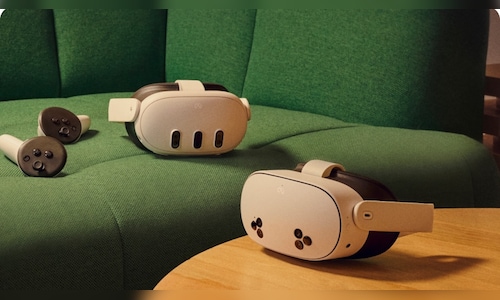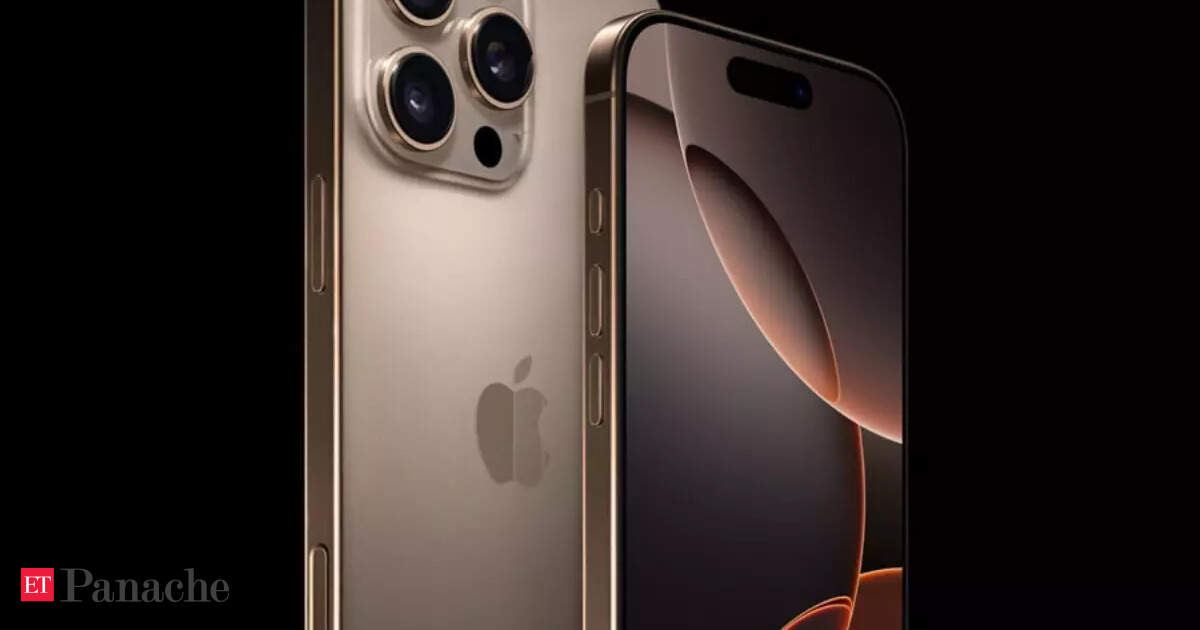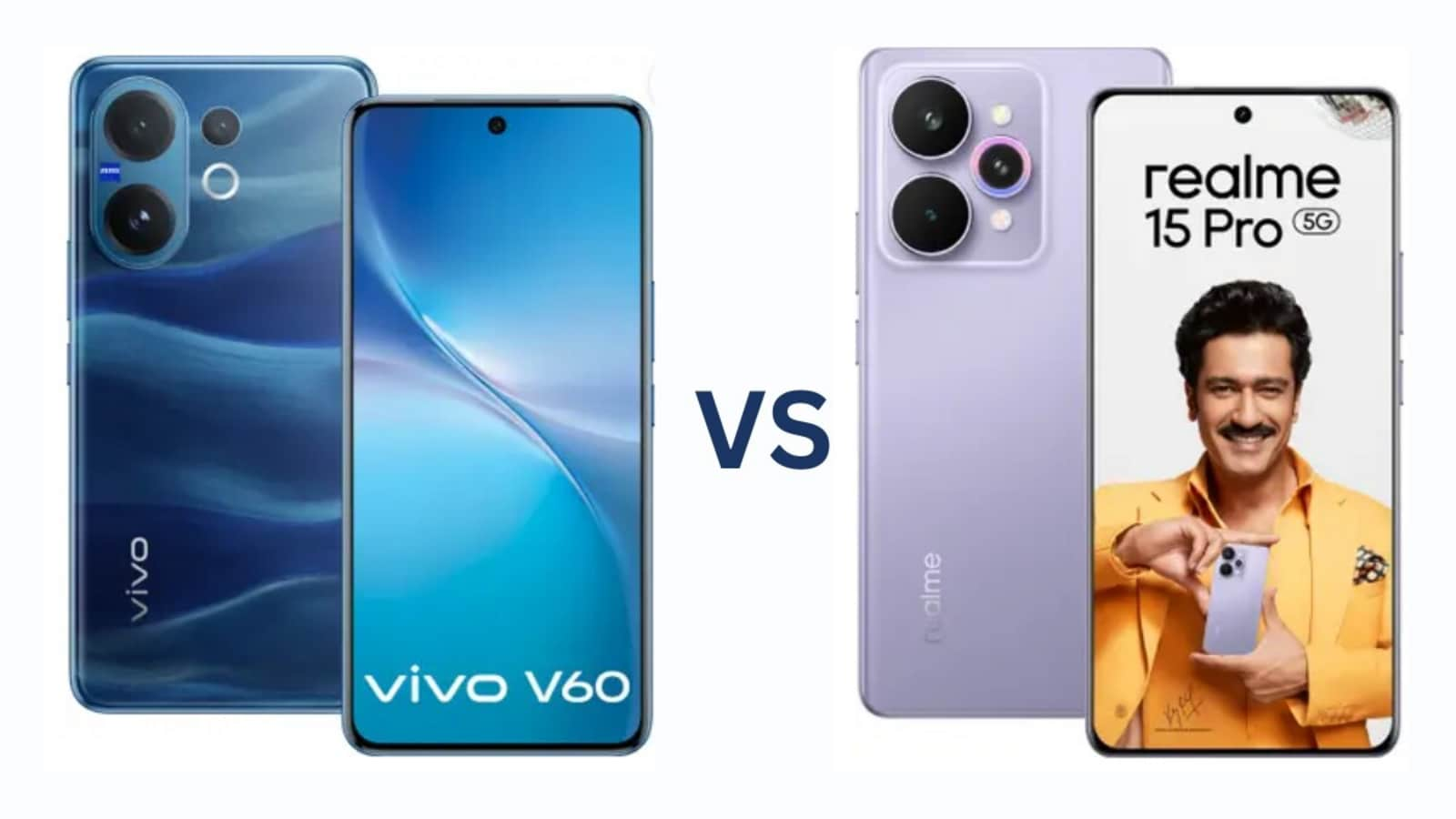First reported by UploadVR, the project could mark Meta’s most ambitious step yet toward everyday AR, distancing itself from both its current Quest headsets and the Ray-Ban Meta smart glasses it already sells.
Weighing just 110 grams, the Puffin headset is said to resemble a bulky pair of glasses—far lighter than the Meta Quest series. To achieve that, Meta is reportedly planning to offload key components like the processor and battery into a small, external “compute puck” that users can carry in a pocket.
The headset will run HorizonOS, the same platform that powers the Quest devices, but unlike them, it will reportedly focus more on productivity and entertainment than immersive gaming.
Notably, Puffin won’t feature handheld controllers. Instead, the device is expected to rely on eye tracking and hand gestures for navigation—an interface design that signals Meta’s intent to make mixed reality feel more natural and intuitive.
The report also suggests Meta has shelved its previously rumoured Quest 4 headsets, internally codenamed “Pismo Low” and “Pismo High,” which were expected to offer standard and premium options. This follows the company’s earlier decision to cancel the high-end “La Jolla” headset, once targeted for a 2027 release.
With no new Quest headset on the horizon, the Puffin may become Meta’s flagship MR device for the second half of the decade.
Puffin vs Ray-Ban Meta Smart Glasses
While both Puffin and the Ray-Ban Meta smart glasses aim to blur the line between digital and physical experiences, their goals—and capabilities—are vastly different.
The Ray-Ban glasses, co-developed with EssilorLuxottica, are essentially camera-enabled eyewear with open-ear audio, used primarily for hands-free photos, videos, and voice-assisted functions via Meta AI. They lack visual displays and are more about convenience and style than immersion.
In contrast, Puffin appears designed for a deeper mixed-reality experience with integrated displays and spatial computing capabilities. With HorizonOS onboard, users could access productivity tools, video calls, and immersive media in a far more advanced interface—albeit one that will likely be bulkier and less fashion-friendly than a pair of Ray-Bans.
What’s next
According to UploadVR, Meta is still weighing display options and hasn’t finalised the hardware specs. But if Puffin stays on track, it could land ahead of Apple’s rumoured consumer-friendly Vision headset and serve as Meta’s next big leap in spatial computing.





